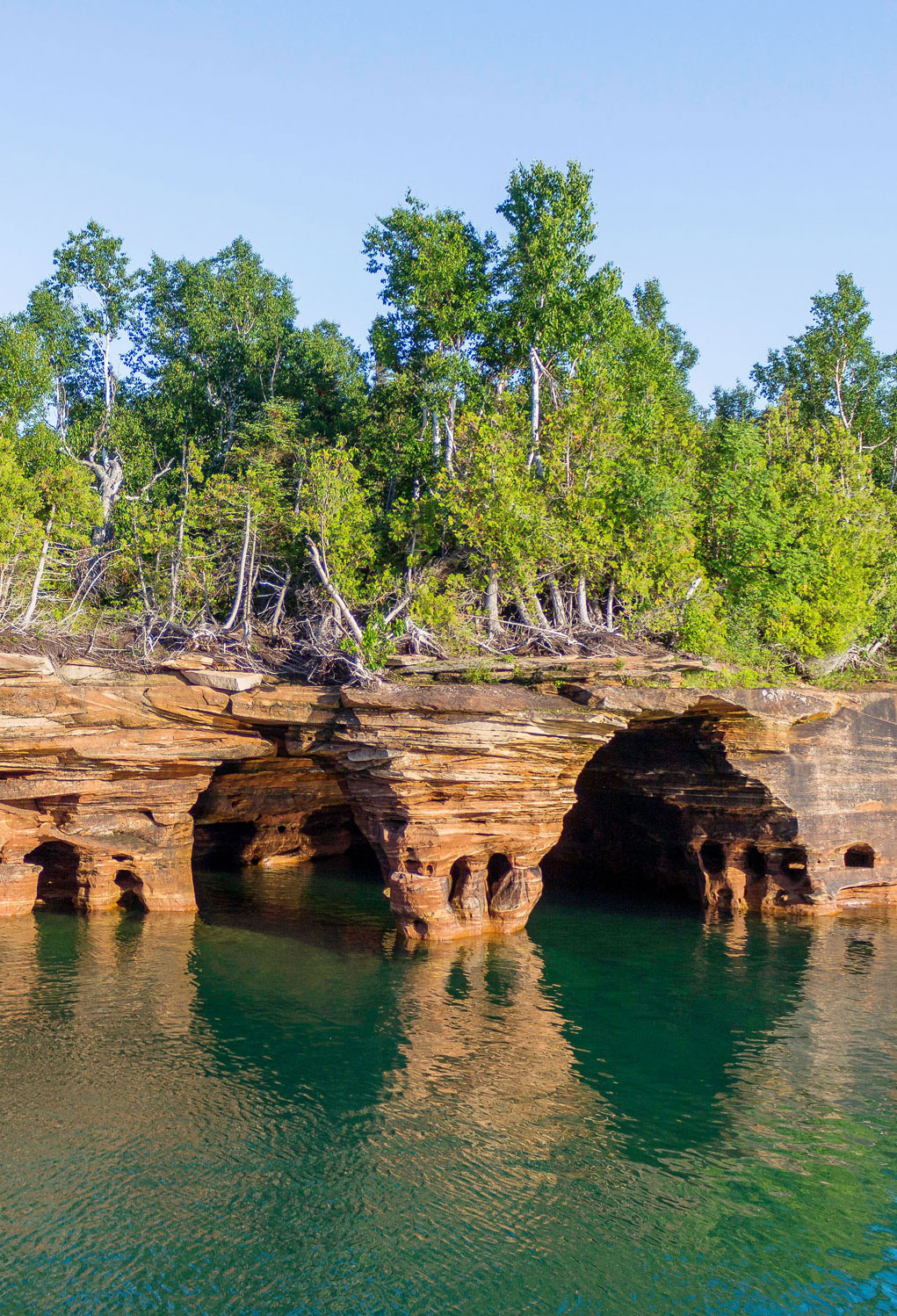Earth is an ever-changing planet. A major contributor to both seasonal and permanent changes to Earth’s atmosphere is the weather, and its ability to conjure up unexpected conditions and situations piques the interest of scientists and adventurers alike. From impossibly long wave-like clouds chased by glider pilots to magnified shadows seemingly cast in midair, these six places boast some of the most unusual weather phenomena on the planet.
Lake Maracaibo – Venezuela
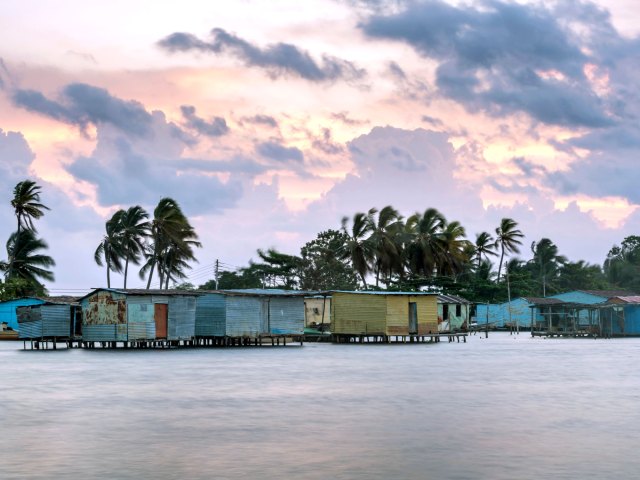
The old saying goes that “lightning never strikes twice in the same place,” but this Venezuelan lake tends to debunk that theory. Between 140 to 160 nights each year, lighting strikes up to 280 times per hour at the spot where the Catatumbo River empties into Lake Maracaibo. Called the Relámpago del Catatumbo (Catatumbo Lightning), the phenomenon is believed to produce more ozone than anywhere else on the planet.
Though scientists aren’t exactly sure what causes it, one theory behind the event is that methane gas rises from bogs around the lake and interacts with storm clouds from the Andes mountains. Another suggests it’s caused by a low-lying Caribbean air current. Visible from 250 miles away, the lighting thwarted nighttime raids on the city of Maracaibo by Sir Francis Drake in 1595 and again in 1923 by a Spanish fleet at the end of the Venezuelan War of Independence.
Harz Mountains – Germany
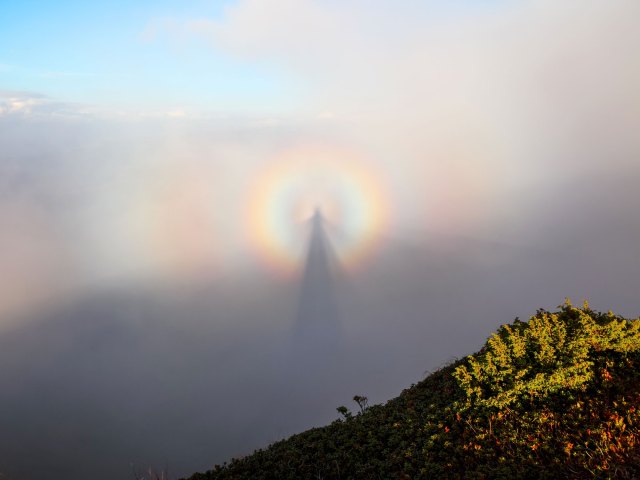
A glory is an optical phenomenon typically observed at high altitudes, and the Brocken Spectre is a type of glory that creates a huge, magnified shadow of a person surrounded by a rainbow-like halo of light. It happens when sunlight is diffracted and reflected by water drops in clouds or layers of fog. To experience this mystical event on land, you need to be located at a high vantage point, such as a mountaintop, have the sun behind you, and be able to look down into clouds or foggy conditions.
The Brocken Spectre takes its name from the 3,744-foot-tall Brocken peak, located in the Harz mountain range of northern Germany — one of the best places to see this phenomenon. With the peak shrouded in mist for much of the year, when the spectre appears, it often seems enormous. This is, in fact, an optical illusion most likely caused by the mist obscuring common reference points. Johann Silberschlag, a German Lutheran natural scientist, documented the phenomenon in 1780, and it has folkloric associations with the legend of evil spirits and witches.
Litla Dímun – Faroe Islands
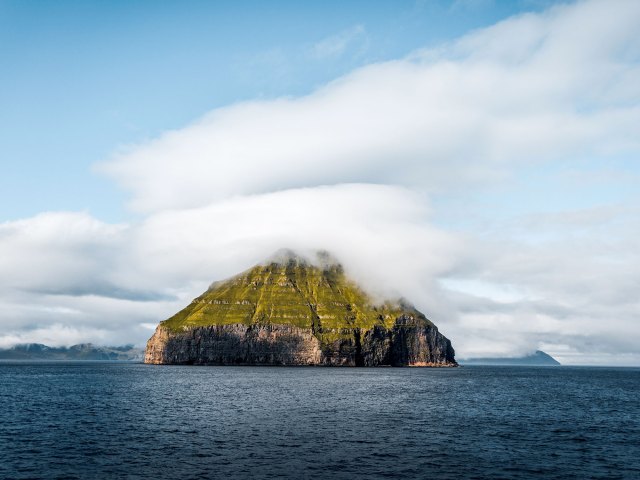
Uninhabited and covering less than 250 acres, Litla Dímun is the smallest of the 18 principal islands of the Faroe Islands, a Danish archipelago between Iceland and Norway in the North Atlantic. Despite the island’s tiny size and relatively low maximum elevation of 1,358 feet, this verdant landmark possesses the unique ability to influence the surrounding atmosphere.
On almost any given day, a lenticular cloud — so called for its similarity to a lens — sits atop the islet. From various angles, it can resemble a fluffy blanket, a hat, or even a UFO. These types of clouds continually reform over the same place as a result of new air rising up and over a landmass. Litla Dímun is visible from the village shorelines of Halba and Sandvik, on the island of Suðuroy. In addition to its quirky cloud, the island is home to a colony of sheep famed for producing some of the world’s most prized sheep meat.
Yoro – Honduras
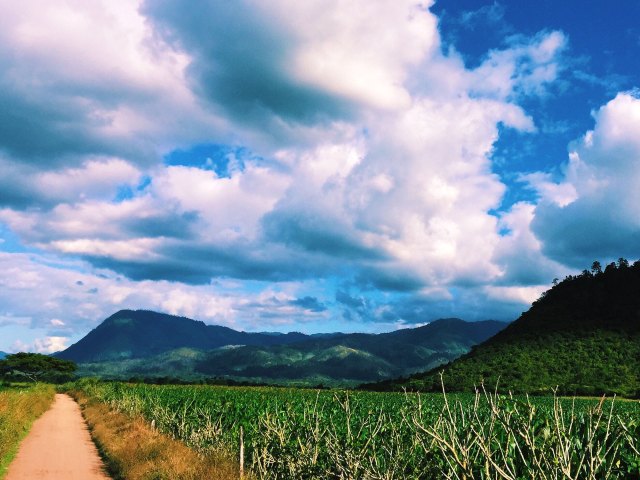
You’ve heard of the expression “raining cats and dogs” to describe heavy rainfall, but it’s unlikely that you’ve ever witnessed something like it in real life. However, there’s a place in northern-central Honduras where residents gather for an annual celebration of fish falling out of the sky. Around the months of May and June, large storm systems sweep through the town of Yoro, and when the rains have passed, the streets become swarmed with hundreds of live, flapping fish.
Many locals associate the Lluvia de Peces (“Rain of Fish”) with religious folklore. It’s said that, in the mid-1800s, a priest prayed for sustenance for the starving people. His prayers were answered with the miracle of raining fish. Scientific theories imply that the fish come from underground rivers, or are removed from their natural habitats by the power of the storms.
Apostle Islands National Lakeshore – Wisconsin

Apostle Islands National Lakeshore, set around the eastern shoreline of Lake Superior, boasts a dramatic landscape that’s been sculpted over centuries by waves and continual freezing and thawing. One of its biggest lures are the Mainland Ice Caves, a collection of ethereal caves that change from chamber to chamber and from one day to the next. They occur when the lake freezes over and the water that drips from the rocks turns into needle-like icicles.
Visitors can explore the caves by hiking on the iced-over lake and even crawling inside to peer through glass-like floors. The temporal nature of the caves makes it impossible to predict how long they will stick around for every year — a slight increase in temperature or strong winds is enough to make them disappear overnight.
Gulf of Carpentaria – Australia
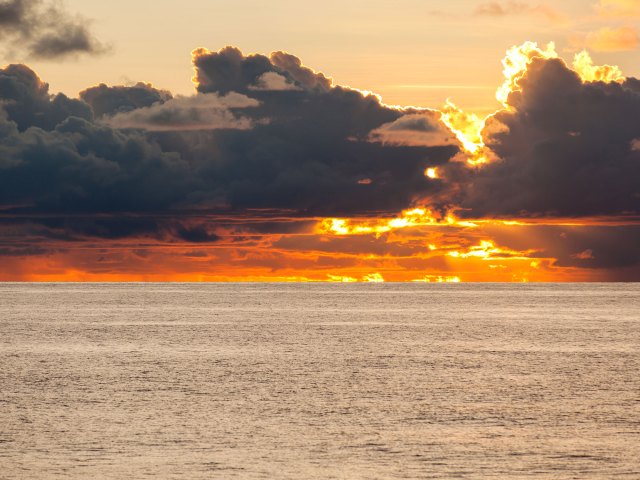
Head Down Under to Australia’s North Queensland region to observe one of the world’s most extraordinary meteorological phenomena: the Morning Glory cloud. During the months of September and October, this rare type of cloud appears like a never-ending tube above the settlement of Burketown. As its name suggests, the cloud is typically visible in the morning, and forms when cool ocean temperatures collide with warm land temperatures. It can measure around 620 miles long, be situated between 0.62 and 1.24 miles above ground, and move at 37 mph.
Warm updrafts pushing through the clouds generate ideal conditions for glider pilots, who search for the sweet spots before switching off their engines and cruising at one with nature. The clouds have important cultural connections, too, with the Gangalidda peoples believing that it’s the creation of Walalu, the rainbow serpent deity.
More from our network
Daily Passport is part of Optimism, which publishes content that uplifts, informs, and inspires.






